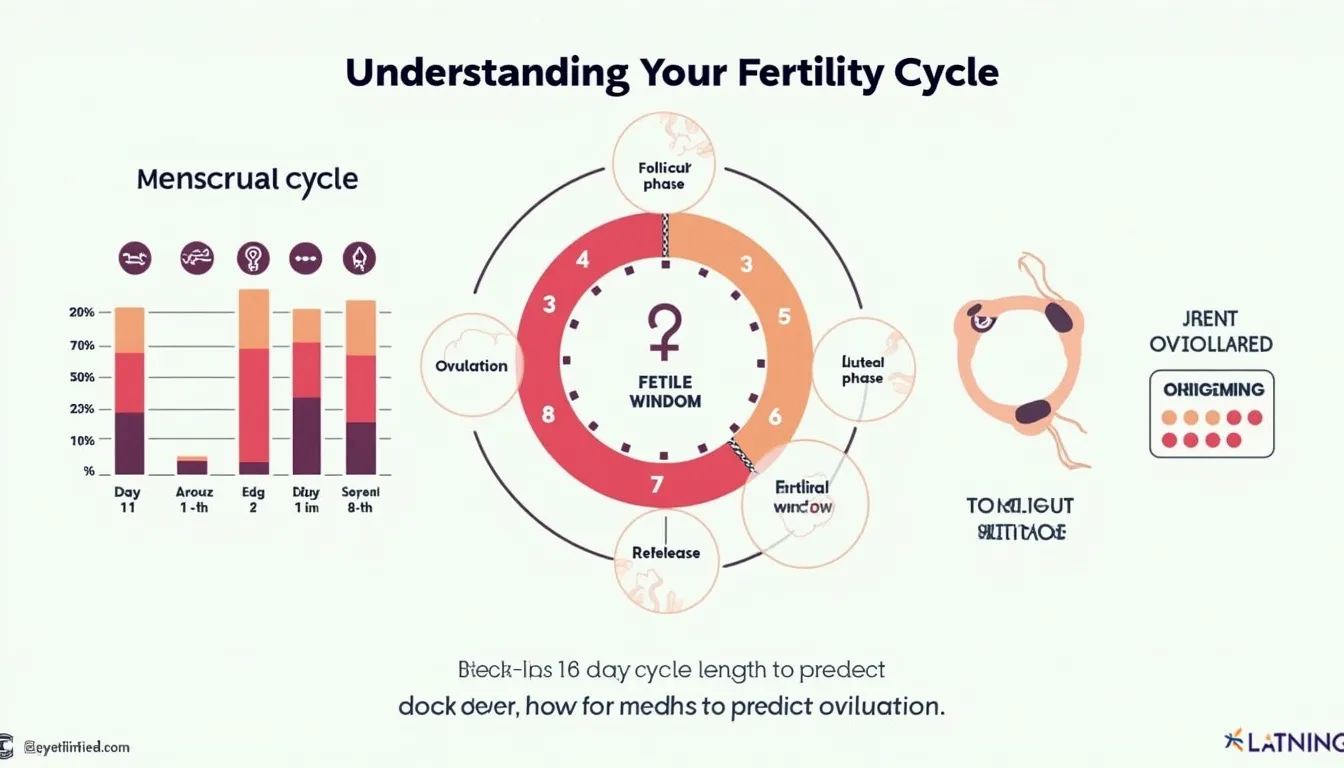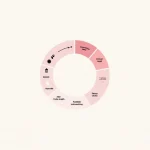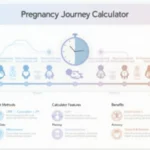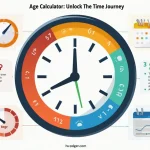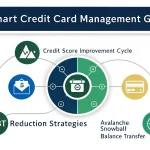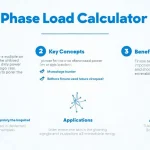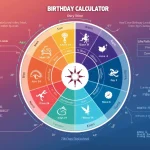Fertility Calculator
Disclaimer: This tool provides estimated fertile days based on the information you provide. It should not be used as a substitute for professional medical advice. Please consult a healthcare professional for personalized guidance.
Is this tool helpful?
How to use the tool
1. Enter the first day of your last period (LMP)
- Select the calendar icon and pick the exact start date of bleeding.
- Sample A: April 2 2024
- Sample B: July 18 2023
2. Add your average cycle length
- Type any whole number from 21 – 35.
- Sample A: 24 days
- Sample B: 32 days
3. (Optional) Enter your luteal-phase length
- Accepted range: 10 – 16 days.
- Sample A: 12 days
- Sample B: 16 days
4. Press “Calculate Fertile Days”
The script instantly returns your ovulation day, six-day fertile window and a colour-coded mini-calendar.
Formulas used
Ovulation day
$$ \text{Ovulation} = \text{LMP} + (\text{Cycle Length} – \text{Luteal Length}) $$
Fertile window
$$ \text{Start} = \text{Ovulation} – 5\quad\quad \text{End} = \text{Ovulation} + 1 $$
Example 1
- LMP = 6 Jan 2024; Cycle = 24; Luteal = 12
- Ovulation = 18 Jan 2024
- Fertile window = 13 Jan – 19 Jan 2024
Example 2
- LMP = 14 May 2024; Cycle = 32; Luteal = 16
- Ovulation = 30 May 2024
- Fertile window = 25 May – 31 May 2024
Quick-Facts
- Normal menstrual cycles span 21 – 35 days (ACOG, 2021).
- Sperm survive up to five days in fertile mucus (NIH, 2023).
- The egg remains viable 12 – 24 hours after ovulation (Mayo Clinic, 2022).
- Pregnancy probability peaks (~30 %) two days before ovulation (Wilcox et al., 1995).
What is ovulation?
Ovulation releases one mature egg roughly midway through your cycle, about 12-16 days before the next period (ACOG, 2021).
How does the calculator find my fertile window?
It subtracts your luteal phase from total cycle length, pinpoints ovulation, then marks five days before and one day after (source code).
How accurate is the result?
The method predicts ovulation within ±2 days for regular cycles; hormonal tests refine timing (Bull et al., 2019).
Can I use it with irregular cycles?
Yes, but widen the window or track several cycles for an average; clinical advice improves reliability (NICE Guideline NG73, 2017).
Does age influence fertile days?
Cycle timing remains similar, yet egg quality declines after 35, lowering monthly conception odds to 10 % (CDC, 2022).
Which lifestyle factors boost fertility?
Maintain BMI 18.5-24.9, avoid tobacco and limit alcohol to <14 units weekly for better ovulatory function (WHO, 2020).
How can I confirm ovulation?
Measure luteinizing hormone surges with urine kits or track a 0.5 °F basal-temperature rise (FDA, 2021).
When should I seek medical help?
Consult a specialist after 12 months of unprotected intercourse (6 months if ≥35 years) without pregnancy (ASRM, 2023).
Important Disclaimer
The calculations, results, and content provided by our tools are not guaranteed to be accurate, complete, or reliable. Users are responsible for verifying and interpreting the results. Our content and tools may contain errors, biases, or inconsistencies. Do not enter personal data, sensitive information, or personally identifiable information in our web forms or tools. Such data entry violates our terms of service and may result in unauthorized disclosure to third parties. We reserve the right to save inputs and outputs from our tools for the purposes of error debugging, bias identification, and performance improvement. External companies providing AI models used in our tools may also save and process data in accordance with their own policies. By using our tools, you consent to this data collection and processing. We reserve the right to limit the usage of our tools based on current usability factors.
